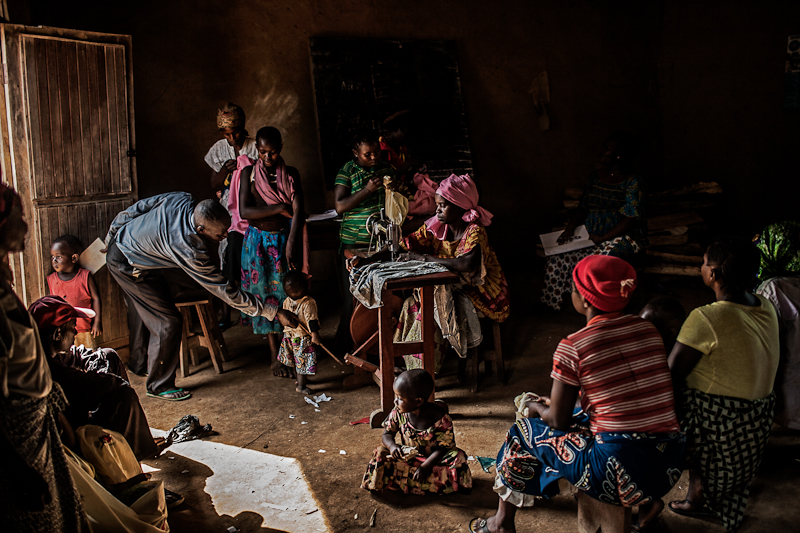Sometimes photos communicate what words cannot.
School of the Photographic Arts: Ottawa (SPAO) director Tony Martins said this is the case for the photos displayed at this year’s SPAO symposium called The Shrinking World of Photography.
Martins said the idea for “the shrinking world” as a theme came about because in 2014, photographers from all over the world began to contact SPAO asking to exhibit their work at the school.
Martins said the work of these photographers from places such as Iran, Afghanistan, and Italy has inspired him to think more about photography as “an international language.”
“Because of technology and because of the Internet images are so easy to share,” Martins explained. “Photographers around the world are using their medium to ask the same kinds of questions about identity, about race, about gender, social issues, political issues . . . it’s a language all on its own.”
Martins said this idea of photography as a universal language would be further discussed at the symposium.
Along with the exhibition of international photographers, which will be at the SPAO, there’s also a centrepiece exhibition of photos from Eastern Congo on display at the SAW Gallery.
The exhibition, called Beauty in the Middle, tells the story through photos by Pete Muller of various Congolese female activists and women who were raped.
The Nobel Women’s Initiative is presenting the exhibition. Martins said he decided to merge the exhibition with the symposium because it takes on similar themes.
“If you go through the exhibition at SAW, you’re getting a very good picture of the social injustice, the tension in the air, the unique kinds of problems that the women in Congo are facing . . . It’s all right there in the photography,” Martins said.
This is the North American première of Beauty in the Middle. It was first launched in June 2014 as part of the United Kingdom’s Global Summit to End Sexual Violence in Conflict.
Curator Zuzia Danielski, who also travelled to the Congo when the photos were taken, said she hopes people who walk through the exhibit see a different narrative about Eastern Congo than the one they are used to.
“Women aren’t victims,” she said. “Women are agents of change within their communities within their families within their communities within the entire nation”
Some of the photos are portraits of the activists, and some show scenes from rape tribunals where members of the Congolese army are being charged for crimes of sexual violence. One photo shows a woman pointing to her rapist. According to Danielski, the man was eventually charged and is still in prison.
Danielski said Nobel peace laureate Leymah Gbowee, who was part of the delegation, came up with the title for the exhibition.
Gbowee had heard stories of suffering and abuse but within every story she heard there was another side.
“She also heard the story of women activists who were coming and taking the survivors to the clinic, who were coming and pushing the cases forward within the court system . . . and these women, [Gbowee] said, these women are the beauty in the middle of all of the conflict in Congo,” Danielski said.







